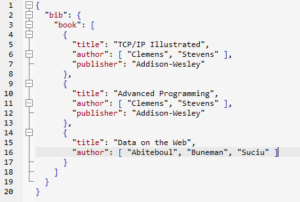

apply(pd.Series) method on items column is applied, the dictionaries in items column will be used as column headingsĭf3=pd.concat(,axis= 1),df2.apply(pd.Series)],axis= 1) Print ( "This is the dictionary of SO_users", dict_you_want) Print ( "These are the keys to dict_you_want",dict_you_want.keys()) I saved this data.json to my working directory in P圜harm IDE. I used the tag –‘python’ and period –‘month’. Convert Nested JSON to CSV in Python: csv module vs pandas library.

Then: df.tocsv () Which can either return a string or write directly to a csv-file. Method 1: Using the CSV module (writing data to CSV file row by row) Method 2: With CSV module (writing all rows at once) Method 3: Use Pandas library. The data was obtained from Stackexchange API. Sorted by: 246 With the pandas library, this is as easy as using two commands df pd.readjson () readjson converts a JSON string to a pandas object (either a series or dataframe). `-m` stores a simple list in a single column with items separated by a semicolon.I want to share how I converted a json (Javascript Object Notation) data into easily readable csv file. * If JSON is dictionary the outputted csv will contain single row. * Script will convert each item of the list to a corresponding row in the csv. * JSON can be a valid nested object or a list. If the output file path is not provided the output will be dumped to STDOUT.

This package provides functionality to convert valid nested json objects/files to csv and vice versa. *Converts nested json object to csv and csv back to json*


 0 kommentar(er)
0 kommentar(er)
